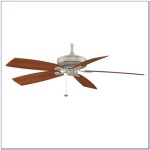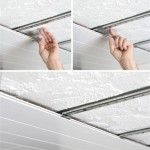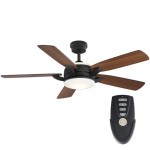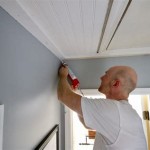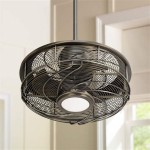Installing Heat Registers in Drop Ceiling System Singapore Standard
Installing heat registers in a drop ceiling system in Singapore requires careful planning and execution to ensure proper airflow and optimal heating performance. Here are the essential aspects to consider:
1. Code Compliance
Ensure compliance with Singapore's Building and Construction Authority (BCA) regulations and the relevant fire safety codes. Heat registers must be installed in accordance with the specific requirements for ceiling plenum spaces, including clearances and materials used.
2. Location and Spacing
Strategically place heat registers in areas that require heating, such as rooms, hallways, and bathrooms. Determine the optimal spacing based on the heat output of the system and the size of the space. Avoid placing registers near walls or obstructions that could block airflow.
3. Mounting Options
Depending on the type of drop ceiling system used, heat registers can be mounted directly to the ceiling grid or attached to extension brackets. For ceiling grid mounting, select compatible registers that align with the grid openings. For extension brackets, ensure they are securely installed and can support the weight of the register.
4. Airflow Direction
Consider the desired airflow direction when installing heat registers. Most registers are designed to direct warm air downward, but some models offer adjustable vanes that allow for horizontal or multi-directional airflow. Choose the orientation that best suits the heating needs of the space.
5. Ductwork Connection
Connect the heat registers to the ductwork using flexible or rigid ductwork. Ensure the connections are airtight and sealed to prevent air leakage and energy loss. Use appropriate fittings and connectors to secure the ductwork and maintain proper airflow.
6. Finishing Touches
Once the heat registers are installed, finish the installation by painting or covering the exposed edges around the register. This not only enhances the aesthetics but also ensures a clean and professional appearance.
7. Maintenance
Regularly clean the heat registers to remove dust and debris that could obstruct airflow. Inspect the registers and ductwork for any damage or leaks that may affect performance. In case of any issues, contact a qualified HVAC technician for repairs or maintenance.
Conclusion
Installing heat registers in a drop ceiling system in Singapore requires attention to detail and adherence to safety regulations. By following these essential aspects, you can ensure optimal heating performance, enhance indoor comfort, and maintain a safe and code-compliant installation.

Hvac Best Vent Size For Replacing Drop Ceiling Register With Boot Drywall Using 8 Duct Home Improvement Stack Exchange

How To Install False Ceiling In Singapore Ps Home Maintenance

Full Article Development And Thermal Performance Testing Of Radiant Conditioning Ceiling Panels

Gypsum Board False Ceiling Installation In Singapore Ps Home Maintenance

Grd Guide
Suspension Grid Installation Rockfon

Understanding The Benefits Of Air Troffers In Commercial And Residential Spaces

How To Install False Ceiling In Singapore Partition Wall

Gypsum Board False Ceiling Installation In Singapore Ps Home Maintenance

Grid Ceiling Tile Installation Repairs
Related Posts


